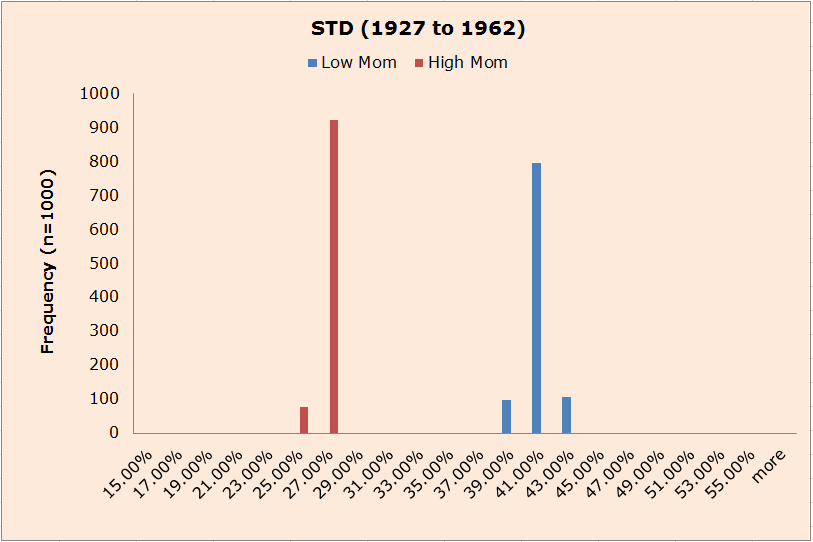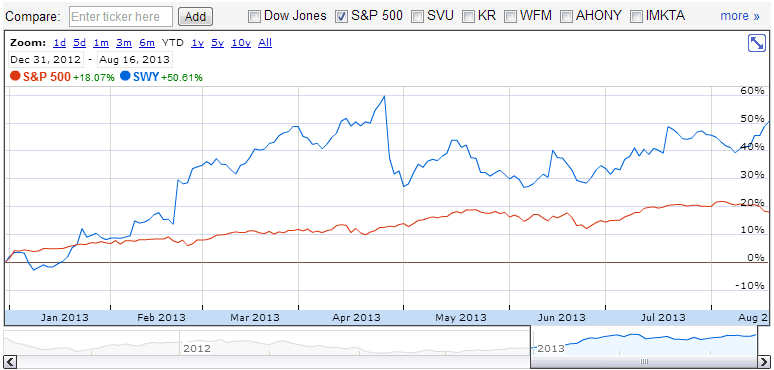ETF Option Trading v Option Trading
Post on: 2 Май, 2015 No Comment

Most options traders including covered call writers are familiar with exchange-traded funds (ETFs) and many trade options on these securities. Many have also heard of, but are not as familiar with, index options. The purpose of this article is to detail the differences between ETF option trading and index option trading.
Definitions
Exchange-traded fund (ETF) :
This is a security that tracks an index, a commodity or a basket of assets but trades like a stock on an exchange. It can be bought and sold throughout the trading day and has price fluctuations as do individual stocks. One major advantage is that these securities provide diversification. Many ETFs have options associated with them and the BCI team provides a weekly ETF Report for our Premium Members showing 15 – 25 eligible ETFs for covered call writing. Below is one of the eight pages found in each report:
Blue Collar Investor ETF Report Exchange-traded funds and covered call writing
This is an imaginary portfolio of securities representing a particular market or segment of a market. The S&P 500 is an example of a commonly used index. Another example is the Russell 2000 Index which tracks 2000 small-cap stocks. Here are a few such indexes that have actively traded options:
- DJX- Dow Jones Index Options
- NDX- Nasdaq 100 Index Options
- SPX- S&P 500 Index options
Note that there is no trading taking place in the underlying index but rather has a calculated value that exists on paper only. Options allow the trader to speculate on price direction.
Mutual funds:
These are professionally managed, diversified portfolios that do not trade like stocks and do not have options associated with them. I include this in the definitions section so that there is clarity about ETFs and Indexes being different from the much more well-known mutual funds.
Differences between ETF and Index Options
Rights conferred
The holder of an ETF option has the right but not the obligation to purchase our ETF shares whereas the holder of an index option does not. Instead, the holder of an index option has the right to demand the equivalent cash value from the option seller (that’s us) upon exercise of the option. All index options are cash-settled. Here is the formula:
Settlement amount = (Difference between index value and the strike price) x $100
Early exercise of American Style options is rare but possible.
Style of options traded
When we sell options on stocks or ETFs, we are selling American Style options. This means that they are settled in shares of the underlying security and can be exercised at any time up to expiration (usually 4 PM EST on the 3 rd Friday of the month).
When options on indexes are sold, European Style Options are generally used (OEX- S&P 100 Index Options are an exception). These are cash-settled, can be bought and sold prior to expiration but can only be exercised on expiration. There are no concerns for early exercise with index options.
Settlement styles
ETF options are settled based on the closing price as of 4 PM EST on expiration Friday (or the Thursday before if Friday is an exchange-recognized holiday). Index options can have an AM Settlement (based on opening prices of the day of exercise) or PM Settlement (based on closing prices on the day of exercise). For European-style index option contracts the last trading day will be the business day (generally a Thursday) preceding the day on which the exercise settlement value is calculated (generally the third Friday of the month unless that day is a holiday).
One more factor to consider
Trading volume can be light on many ETFs and therefore should be evaluated before entering a covered call position. The BCI guidelines is that we look for an open interest of 100 contracts or more and/or a bid-ask spread of $0.30 or less. The exchange-traded funds that appear in our Premium Member Reports all have adequate near-the-money open interest as of market close on Friday.
Conclusion
Most Blue Collar Investors trade American Style Options on stocks and ETFs. Understanding the difference between American and European Style Options as well as between ETFs and Index Options will only make us better investors as we fulfill one of our mission statements…Education is Power .
Wishing Wealth GMI (General Market Index) :

Were adding a 3rd parameter to our market tone summary. Over the years, this site has published the market overview of both BCI and Investors Business Daily. We are now adding a 3rd perspective known as GMI developed by Dr. Eric Wish who teaches a stock investment class to finance honors students at The University of Maryland. I like this Index a lot and will publish the type of signal it is alerting us to each week. Here is an overview of the 6 parameters included in this index:
1. Wishing Wealth 10 Day Successful New High Index Greater than 100. Follows a “universe” of almost 4,000 actively traded stocks that were $5 or over several months ago. Uses a screening tool to count the number of these 4000 stocks that hit a new 52 week high 10 days ago and closed today higher than they closed 10 days ago when they made their highs. In a rising market, traders have the confidence to let strong stocks climb, so they have a successive number of new highs. In a bear market, anxious traders take profits quickly and stocks tend to gyrate. Any number above 100 will be a bullish sign.
2. At least 100 new highs in a day in my 4,000 stock universe . In a bullish market we should at least have 100 stocks hitting new highs. Furthermore, when a market has more daily new lows than new highs we really should not be buying growth stocks with the expectation of making a profit. The odds are simply against us.
3. Wishing Wealth Daily QQQQ Index Positive . The QQQQ tracks the 100 largest non-financial stocks in the NASDAQ . Watches QQQ to track the tech stocks, and often trade it or its options. This index is positive when technical indicators suggest that it is in a rising trend.
4. This next index is similar to #3 above, but is a daily measure of the SPY, an index that tracks the S&P 500 Index. The SPY is another useful way to buy or sell the market and is an excellent indicator of the general market trend.
5. The weekly QQQ index is the same as #3 above but is based on the weekly trend. A change in trend will occur in the daily indicator before the weekly indicator. In a strong market both the daily and weekly trends will be positive.
6. The IBD Mutual Fund Index comes from the Investor’s Business Daily (IBD) newspaper. To be positive, this index must be above its 50 day moving average, shown daily. IBD subscribers can get the full chart by typing in 0muti in the charting function on the IBD home page. I have found that when these growth mutual funds are rising, then I can expect to successfully buy growth stocks.
The Wishing Wealth General Market Index just counts the number of these conditions that are positive and makes a general comment on buy and sell signals:
BUY SIGNAL. When 2 consecutive days occur above 3 (4-6)
SELL SIGNAL. When 2 consecutive days occur below 3 (0-2)
My thanks to Dr. Wish for allowing me to share this information with our BCI community.
This weeks reports were a mixed bag which included bullish corporate earnings and some bearish housing data:
- Sales of existing homes rose by 2.6% month-to-month to an 8-month high of 5.04 million units on an annualized basis (4.98 million was expected)
- Inventory of existing homes remained @ 5.5 months despite an increase of 2.2% in listings due to faster selling time frames
- Year-to-year sales of existing homes are down by 2.3% in June
- Year-to-year the median price of existing home sales is up by 4.3% to $223,300
- New-home sales declined by 8.1% in June wi9th # months of supply increasing from 5.2 in May to 5.8 in June
- Year-to-year sales of new homes are down by 11.5%
- Durable goods orders rose by 0.7% in June, better than the 0.5% expected
- The Consumer Price Index (indicator of inflation) rose by 0.3% in June mainly due to an increase in gasoline prices
- Consumer prices are up 2.1% year-to-year
- Initial jobless claims for the week ending July 19th came in @ 284,000, below the 308,000 anticipated
For the week, the S&P 500 remained unchanged for a year-to-date return of8%, including dividends.
IBD: Uptrend under pressure
GMI. 6/6- buy signal since 4-22-14
BCI: Moderately bullish favoring out-of-the-money strikes 2-to-1
My best to all,
Alan (alan@thebluecollarinvestor.com)
www.thebluecollarinvestor.com














